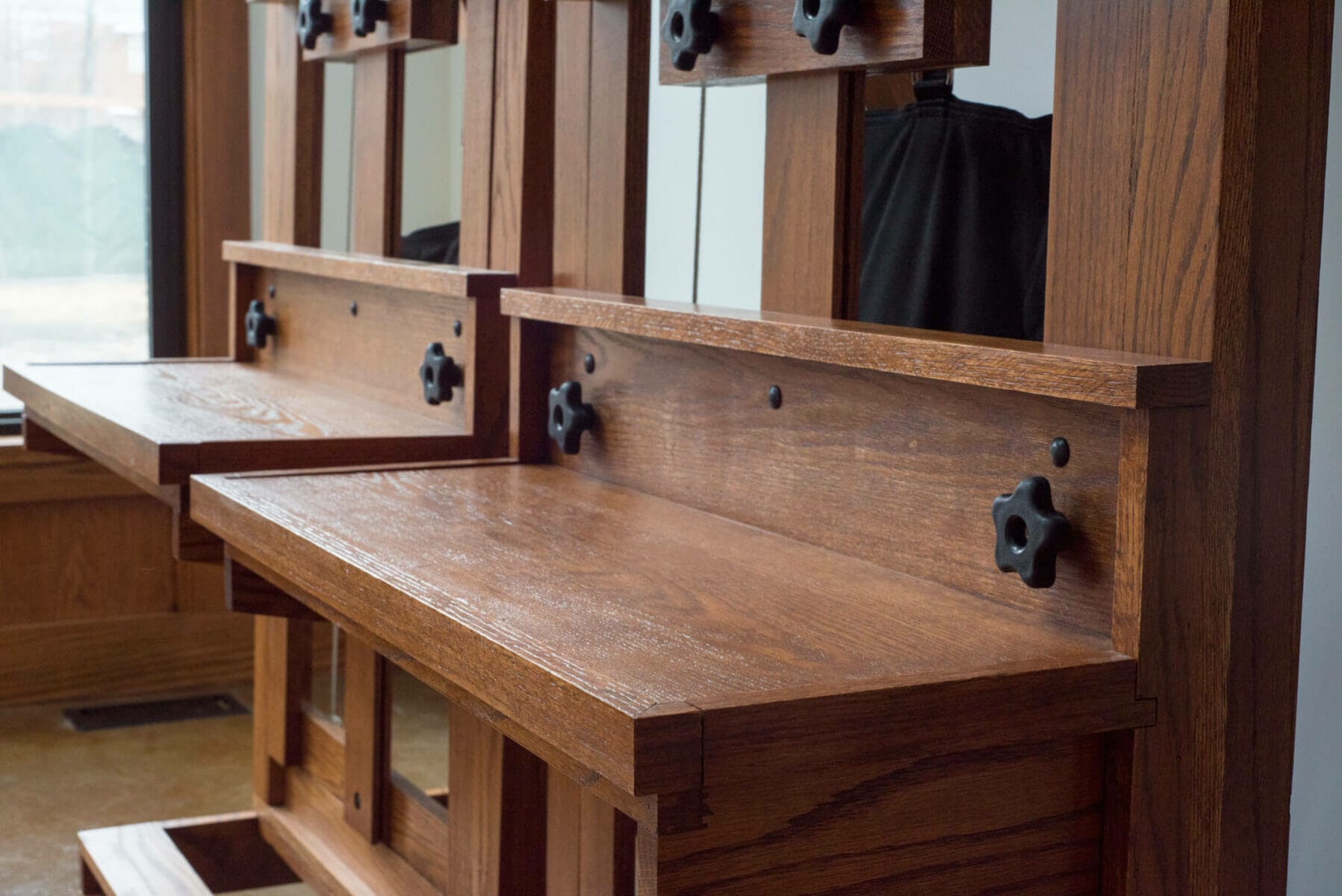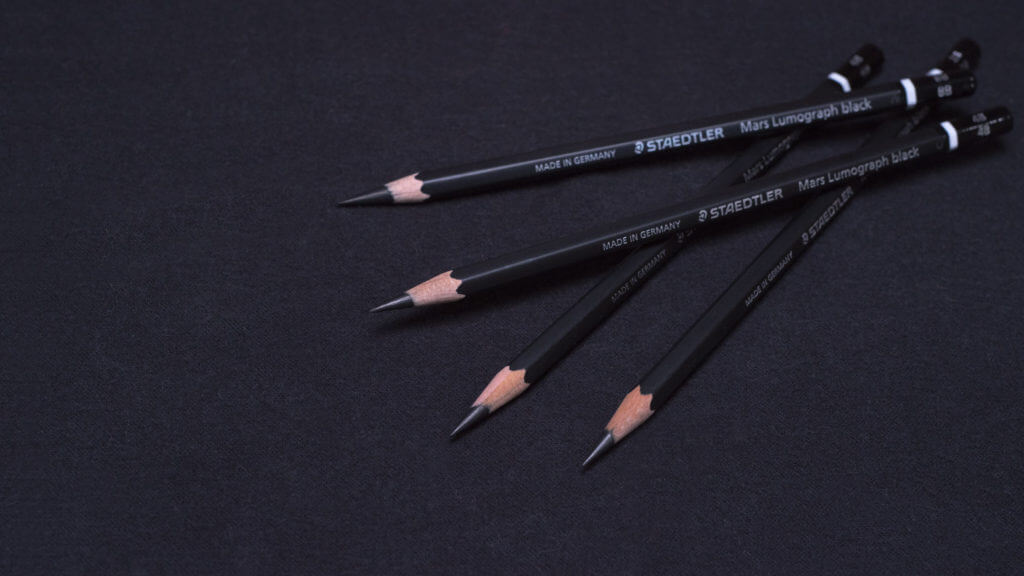Drawing Tutorials: Comparative Measurement, Part I
In this and the next two drawing tutorials I plan to discuss measurement and its applications in drawing.
One of the best drawing teachers I ever had was the late Deane G. Keller. He was passionate about drawing – a true romantic – but also had an analytical mind. He argued that drawing is a means of understanding what you see, and drawing well requires analysis. He made a convincing case for the idea that drawing is fundamentally an interrogative process. “Pose the question!” he would say during a demonstration when he encountered some uncertainty about how to proceed. What he meant was that we need to ask specific questions as we draw, and use our eyes, minds and tools to find specific answers. Only then can we find an intelligent way forward.
Good decision-making requires good data. Measuring is a means of collecting data while drawing – the more we measure, the more questions we’re asking of our drawing and the more data we’ll have to work with.
We can measure by making comparisons between our drawings and the model in specific ways. Keller identified two general kinds of measurement: Comparisons of Size and Comparisons of Position. I would add to this Comparisons of Angle, but the general idea is the same: Compare x with y on the model, then make the same comparison on your drawing. If they match, it suggests that particular aspect of your drawing is correct – it compares well with the model.
Comparative Measurement vs. Direct Measurement
First we need to get something out of the way… Comparative measurement is not the same thing as direct measurement. Direct measurement, as embodied in the sight-size method, involves setting up your easel in such a way that your drawing of the figure is literally the same size as the model in your field of view. Sight-size simplifies matters somewhat because it’s so direct. Need to know if that leg you drew is too long? Gauge it on the model and compare it directly with your drawing. They should be the same size. Period.
If expressed as a formula, direct measurement would look something like this: A = A′ where A represents the model, and A′ represents your drawing. Equal. Direct.
The simplicity of direct measurement is appealing… but it has a price: the sight-size method requires an artist to set up in a very specific way that can require a lot of space, and the set-up must be precisely the same for every session. This is not always practical in a crowded studio where space is at a premium. Furthermore, if you want to change the scale of your drawing you have to move your easel (closer to the model to make the drawing bigger, further away to make it smaller) . This is cumbersome – and unnecessary in other approaches to drawing – but is an unfortunate reality with the direct measurement approach.
Comparative measurement is a different animal. Unlike sight-size, it is scale-independent – it doesn’t require that our drawings be the same size as the model from our vantage point. We can draw as large or as small as we want, from any point in the room, and our measurement data still apply. But it’s a little less fluid than direct measurement because it requires an extra step. In comparative measurement, we try to find the relative scale of any part of the figure to any other. Need to know the length of the forearm? Measure it on the model and then compare it with something else on the model. Then make the same comparison on your drawing. For example, maybe you find that the length of the model’s forearm is equal to the width of his torso at the waist. Make the same comparison on your drawing, and if you see that the length of your drawing’s forearm is equal to the width of your drawing’s torso, then there’s something correct about that relationship. Understand the difference? In comparative measuring, we don’t make direct measurements between the model and our drawing as we do in sight-size, but rather filtered through relative comparisons.
The formula for comparative measurement then would look something like this: A:B = A′:B′ where A:B represents the comparison of the forearm to the waist on the model, and A′:B′ represents the same comparison on the drawing. The direct formula A=A′ doesn’t apply in comparative measurement.
Next Up: What Comparisons Should I Make?








Good, concise post.
Turns out I’ve been using comparative measurement for years, it’s no wonder I’ve found trying to use Sight-size, despite my existing abilities,
a somewhat rigid and repetitive way to complete a drawing.
Obviously all drawing incurs a series of refinements and corrections, but I believe the comparative measurement approach allows the artist to work somewhat intuitively, and for me at least it feels more natural.
That is how I painstakingly taught myself to draw in the evenings at art school (when no doubt my friends were in the bar) and I feel the perseverance sharpened my visual sense, my patience of observation and healthy distrust in what I expect the angles and lengths of the subject to be.
Apologies for the lengthy comment, but finally, I believe it’s advantage as an approach, is that it allows the artist to record far greater detail, because the easel and viewing point can be bought much closer to the subject. I don’t think that Albrechr Durer could have observed the individual strands of fur on a hare from 12 feet.
Again thanks for the post.
Ed, if Durer was drawing a hare at 12 feet away with the easel much closer, the finished drawing would be no more than a few millimeters tall. Sight-size allows for an incredible adjustment in scale to be created, whether life-size, smaller or larger, depending on where the easel is placed in relation to the subject. Perhaps referring to Bargue drawings and life-size portraits would be advisable.
Dheskin. What you state is warping what Ed stated which was that Durer drew the Hare with the canvas almost directly alongside himself, not that his easel was much closer to the Hare then he was. Secondly, your recommendations of reference to Brague’s drawings is ill advisable as they don’t illustrate Ed’s chosen technique and method. Durer is the perfect example as Ed pointed out,
I agree with Dave, it is always wonderful to see someone who can clarify the fundamental steps needed in trying to achieve a drawing or painting from a model or still. This kind of insight in teaching is sorely missing in many creative fields and I can only applaud your further efforts since they will only enhance or supplement anyone who wishes to better their drawing and /or painting. Good stuff.
Thanks, Moises. I’ve been meaning to get to this for a while, and I’m glad it’s finally getting done. Hope to see you in class again soon! 🙂
Fantastic post. I really enjoy reading about the intellectual aspects of your craft/art. You should write a book–you explain the concepts well and remove some of the “mysterious stigma” surrounding art/artists that people sometimes have to help show that it’s not just “drawing well” and that there is intellect, analysis, and technique behind great works.
Thanks, Dave! I’m glad you enjoyed it 🙂 I’m happy to write about this stuff.